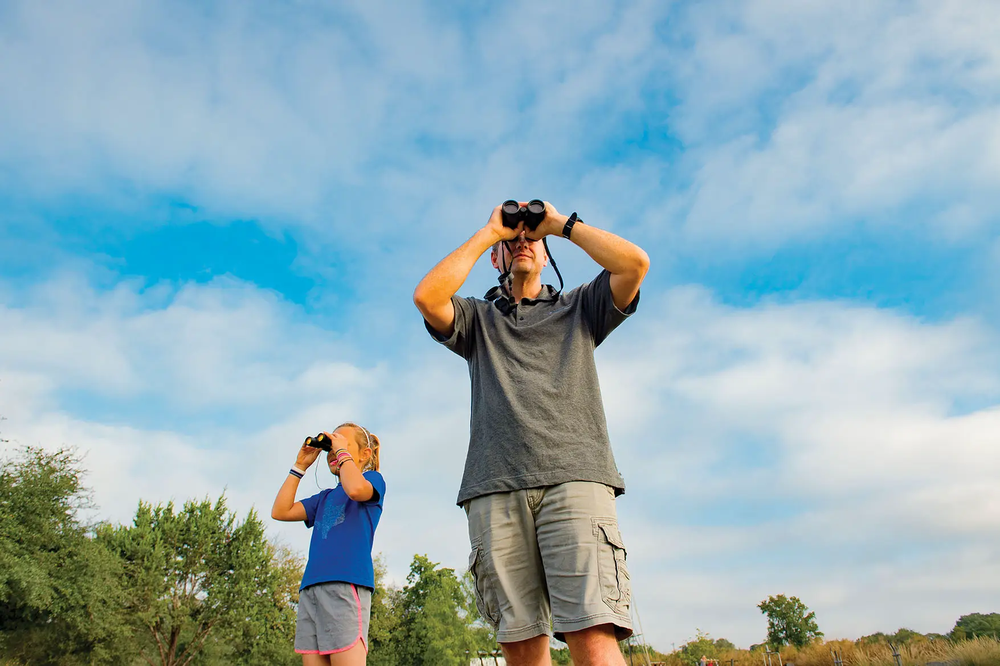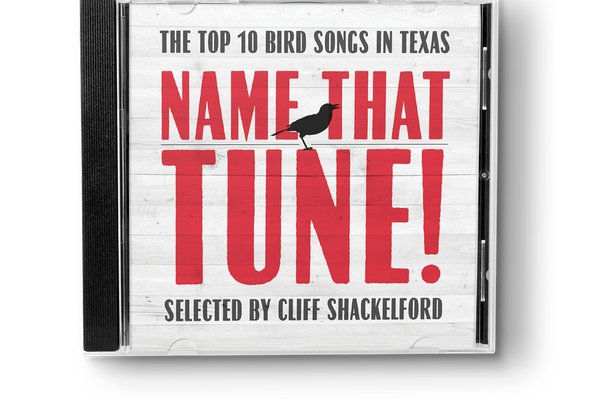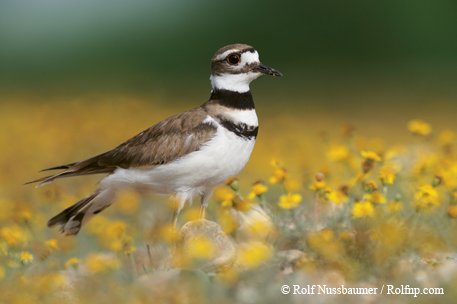Rumpelstiltskin knew that names have power, imbuing an emotional connection that makes identity specific and tangible. My hikes and evening strolls gain more meaning when I know the names of the plants on my local trails, the birds that fly through them and the stars that watch over everything. The world opens up in a new way; the landscape is no longer just a huge mass of green.
Now I see individual desert willows with their droopy branches and coral-pink blooms; honey locust trees warn me away with their six-inch thorns; goldenrod vies with hare’s tail for sunlight; Texas thistle rocks its funky hairdo.
In short, the Texas landscape comes alive. By knowing the names of the plants, stars or birds, they become like friends. Plus, I can humble-brag to my human friends whenever I casually name-drop snow-on-the-prairie, red-winged blackbird or Alpha Centauri. (In the Rumpelstiltskin tale, the miller’s daughter got to keep her baby when she guessed Rumpelstiltskin’s name.)
The following three apps are exceptional for their ability to identify the names, common and scientific, of plants and animals, birds and stars. Maybe you’ll make some new friends along the way, too.
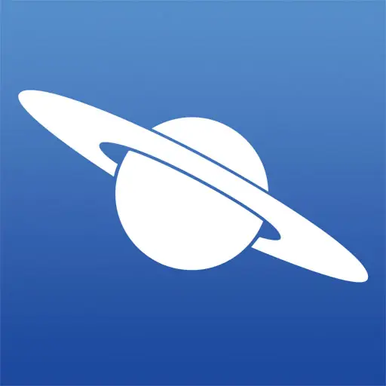



TPWD
STAR CHART
THE STARS over Texas at night have their own story to tell. The names of constellations haven’t changed for thousands of years, and knowing their names and shapes brings ancient Greco-Roman culture a little bit closer to home.
Star Chart (iOS and Android) is one of the best free astronomy apps currently in app stores (many of the others cost money). Its user-friendly design, labels, and database of stars, planets and other astronomical objects make it ideal for beginners or intermediate star trackers. Advanced stargazers may want to go with a higher performing app, such as Sky Safari 7 Pro, but for those who are just starting or who have a casual interest, Star Chart is ideal. You can point your phone to a portion of the night sky, and the app will show you the names of constellations. Superimposed on the screen are gorgeous illustrations of all the major constellations.
Users can tap, pinch and widen to zoom in on different parts of the night sky. When you tap a certain star, three dots will appear at the bottom of the screen. That will bring up a short description of the star, the history of its discovery, its place in Greek mythos (if any) and key characteristics. The entry also includes orbital period, physical characteristics, rotational period, axial tilt and brightness.


TPWD
TPWD
One especially neat feature is the function of going forward or backward in time. Users can tap the small time-stamp at the top right of the app, and a calendar will appear. Using a scrub function, the user can swipe to see what the sky looked like, or will look like, on a specific date.
The free version gives users access to the planets, stars and constellations. It shows the rising and setting times of the planets and their moons and provides updated photos of each. Users can track the orbit of moons around their respective planets, and the zoom-out feature gives context to where they are in relation to the sky.
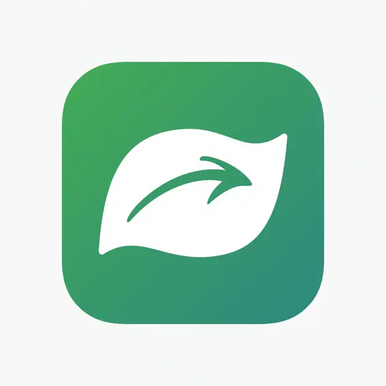

TPWD
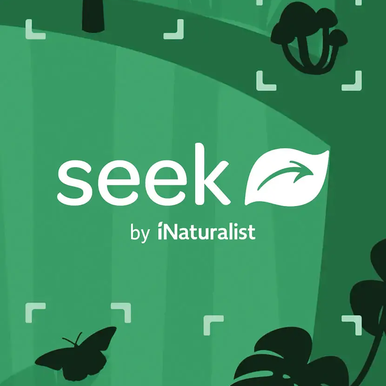
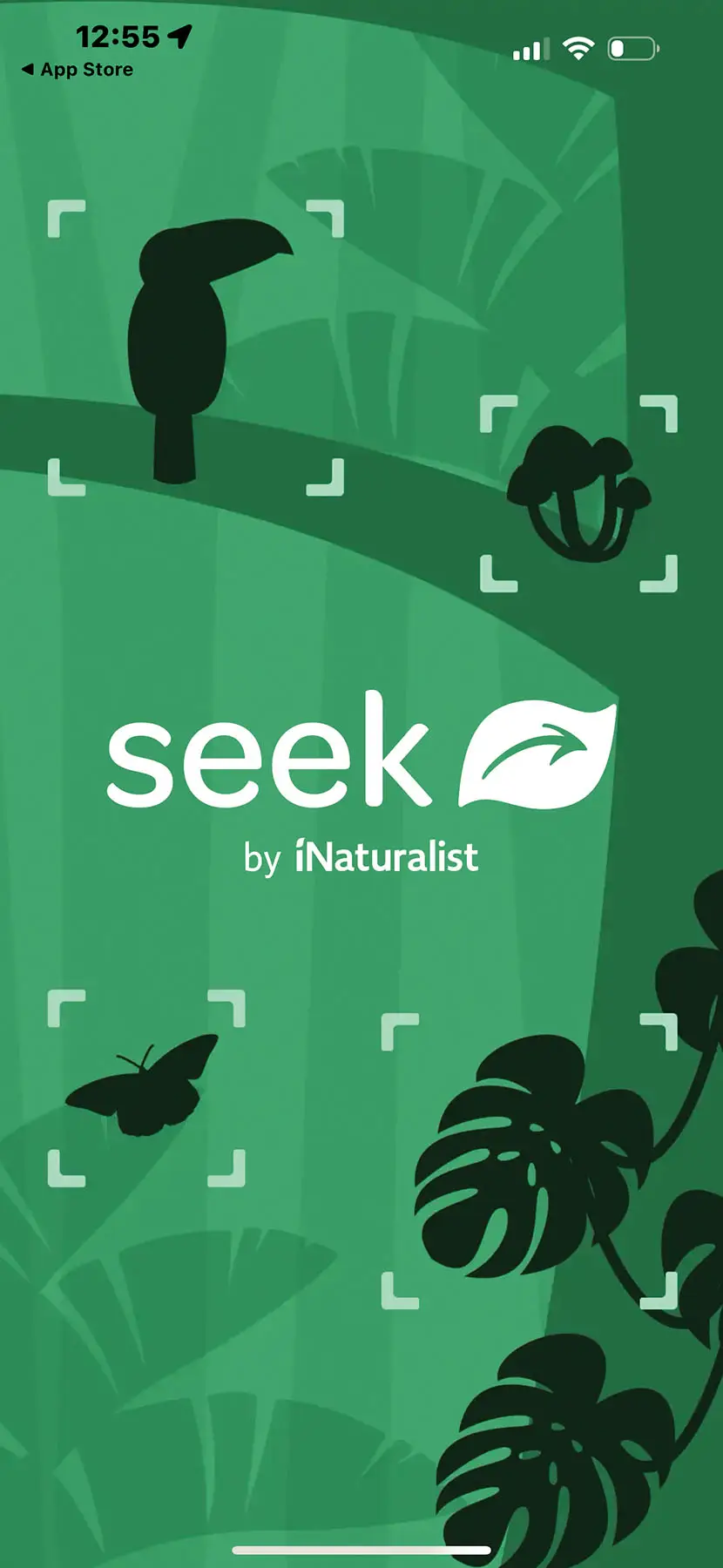
TPWD
SEEK
SEEK IS a free identification app that recognizes and classifies plants and animals based on various pictures in its enormous database. The app was created by the iNaturalist team, a joint venture of the National Geographic Society and California Academy of Sciences. Knowing the names of Texas plants can make them more special, like the familiar faces of friends.
Seek is simple to use. A phone camera analyzes several different angles of the plant (or animal or insect), and the app matches the picture to its scientific and common names.
Using the Seek app for plant identification is not just practical — is this oak or poison oak? — but exciting. It can help you become attuned to the seasonal changes around you and the rapidity of flower growth and death in Texas. By recognizing plants at different stages of their life cycle, you may better appreciate their passing beauty.


TPWD
TPWD
Seek encourages exploration and fun. It provides challenges, such as identifying 10 new species, and upon completion, users earn badges, which are fun for those competitive in nature. Casual browsers can learn about local plants based on their GPS-enabled current location. The app gives short descriptions of various species in the following categories: plants, amphibians, fungi, fish, reptiles, arachnids, birds, insects, mollusks and mammals. In addition, the app provides a handy range map of the selected species, along with seasonality and related species. For budding biologists, a taxonomy (or, for Texas-based species, a “Tex-onomy,” if you will) lists the species’ entire classification.
Sometimes, the identification is obviously incorrect (technology can only do so much), so double-checking is a good idea, but overall, it is highly accurate. The various stages of a plant’s life cycle can also affect identification.
Finally, users can take pictures and save their identified species. The app does not require the internet to work, and for those with privacy concerns, no personally identifiable information is saved if the account is logged out. As a free app, it is one of the best out there.

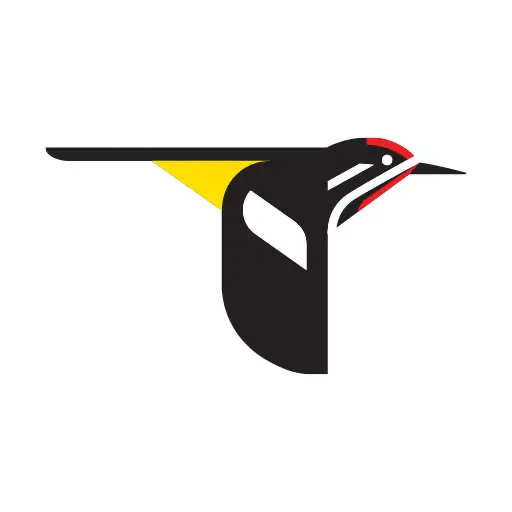
TPWD

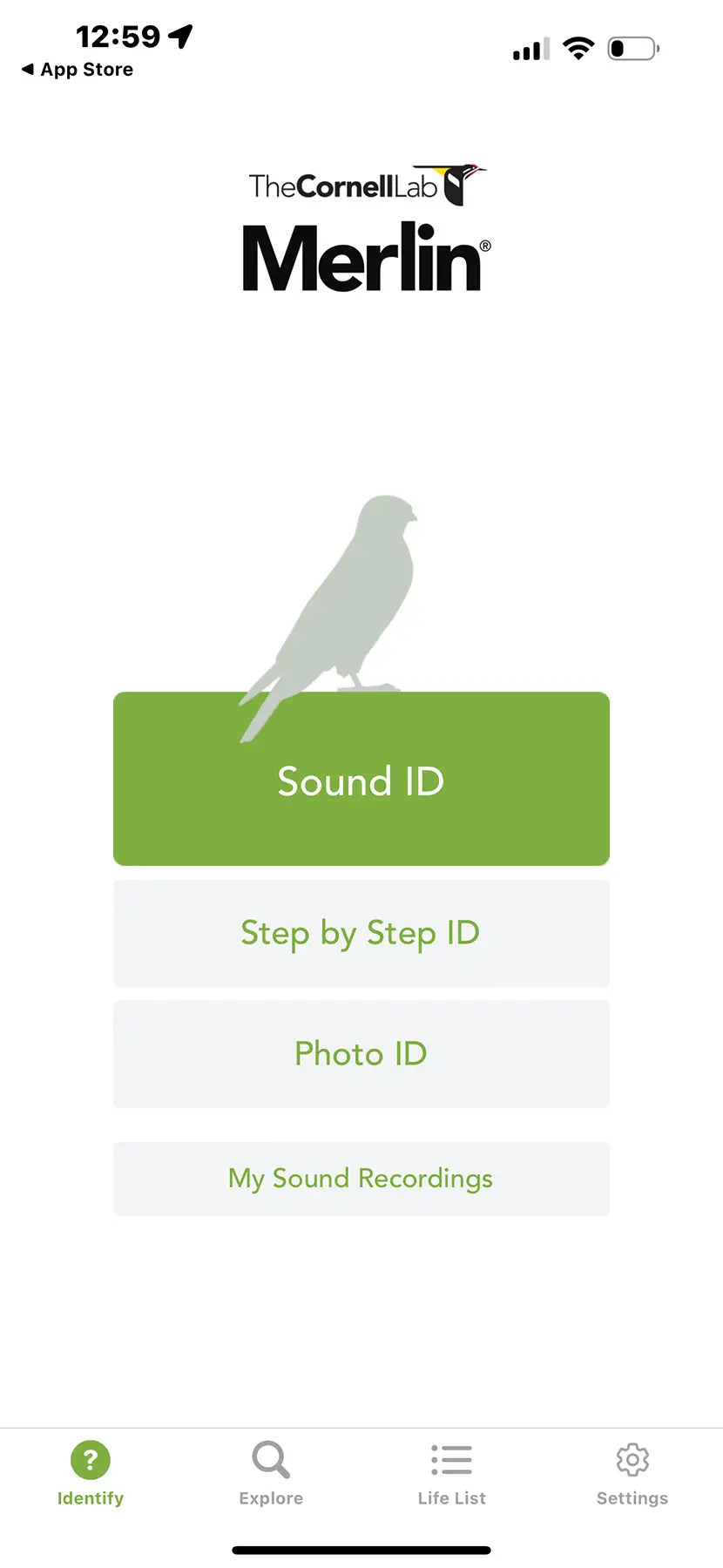
TPWD
MERLIN
THE MERLIN app is very similar to Seek with the selling point of being able to identify bird songs, calls and other sounds (such as the drumming of a woodpecker). The app works by machine learning algorithm trained to recognize distinct spectrographs — visual representations of sound patterns. The app allows you to record bird songs in real time, then matches the song with recordings on file. It can even identify multiple birds at a time, so you can pinpoint each distinct bird in the forest symphony. When you tap on a bird’s photo, you can bring up a list of pre-recorded sounds for comparison, including songs, calls, juvenile sounds and any sub-varieties of the bird.
“When I started paying attention to bird songs, I realized how many more birds are out there,” says Texas Parks and Wildlife Department ornithologist Tania Homayoun. “Your world gets bigger when you notice these things. When I tell people about learning bird songs, they often get this look of fear on their face. I ask them if they listen to music. If a Beatles song came on the radio, could they tell the difference between that and a Rolling Stones song? Once you get comfortable with bird songs, you can tell the differences in birds just like you do in music. Merlin is a really helpful tool for that.
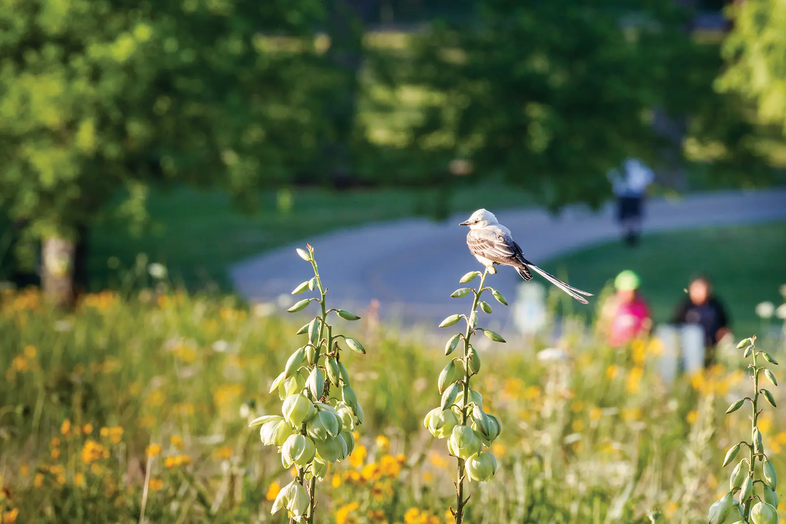
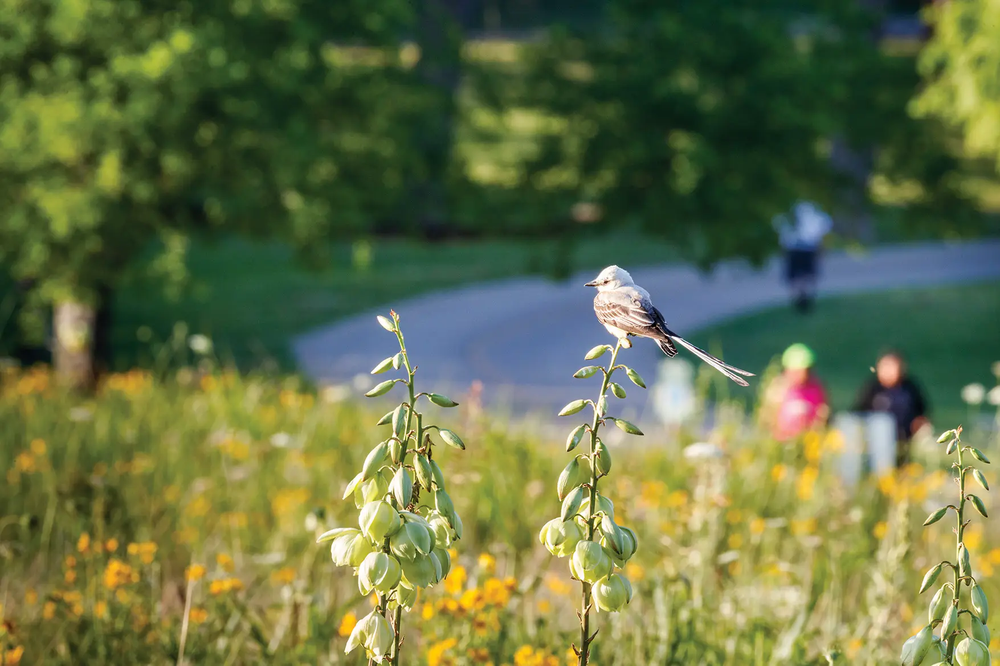
TPWD
TPWD

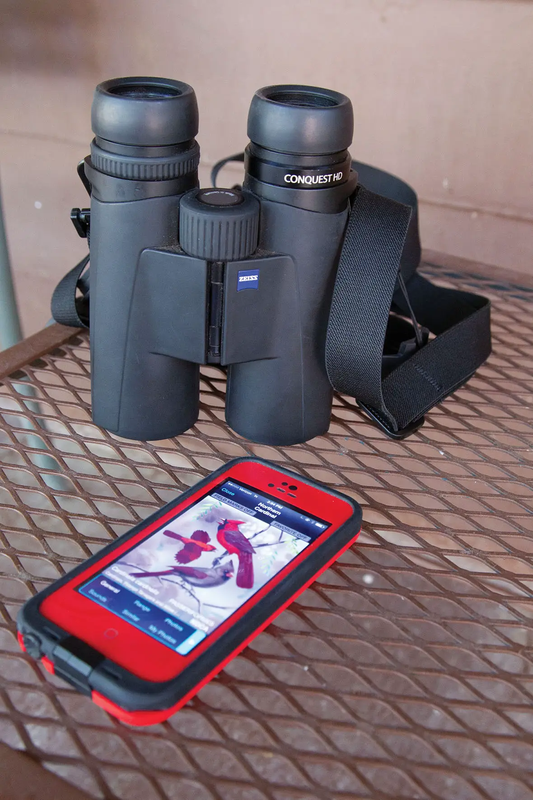
TPWD
TPWD
Some tips for using the app: The microphone will detect sounds only in relatively close proximity. If the microphone is too far away, the sound will be too weak to register. (Another tip: mute your device or put it in airplane mode so notifications do not interrupt.)
Like other nature apps, you can tap the bird’s name to discover more information, such as physical description, their habitat, and where they breed and migrate. In total, Merlin has a database of over 10,000 birds worldwide. If you don’t think you’ll venture outside of Texas much, just download the Texas/Oklahoma pack, which will give you access to 1,052 birds.
You can also identify the bird by a series of questions, such as location, date sighted, approximate size, main color pattern and what activity the bird was doing. The app will give a list of possible birds based on the information, and you can browse and listen to different bird sounds.
If you happen to be able to photograph the bird, the app will cross-reference pictures of different species in its database. As the app makes clear, it is important to cross-reference the physical characteristics of the bird with its song, as many birds sound similar.
